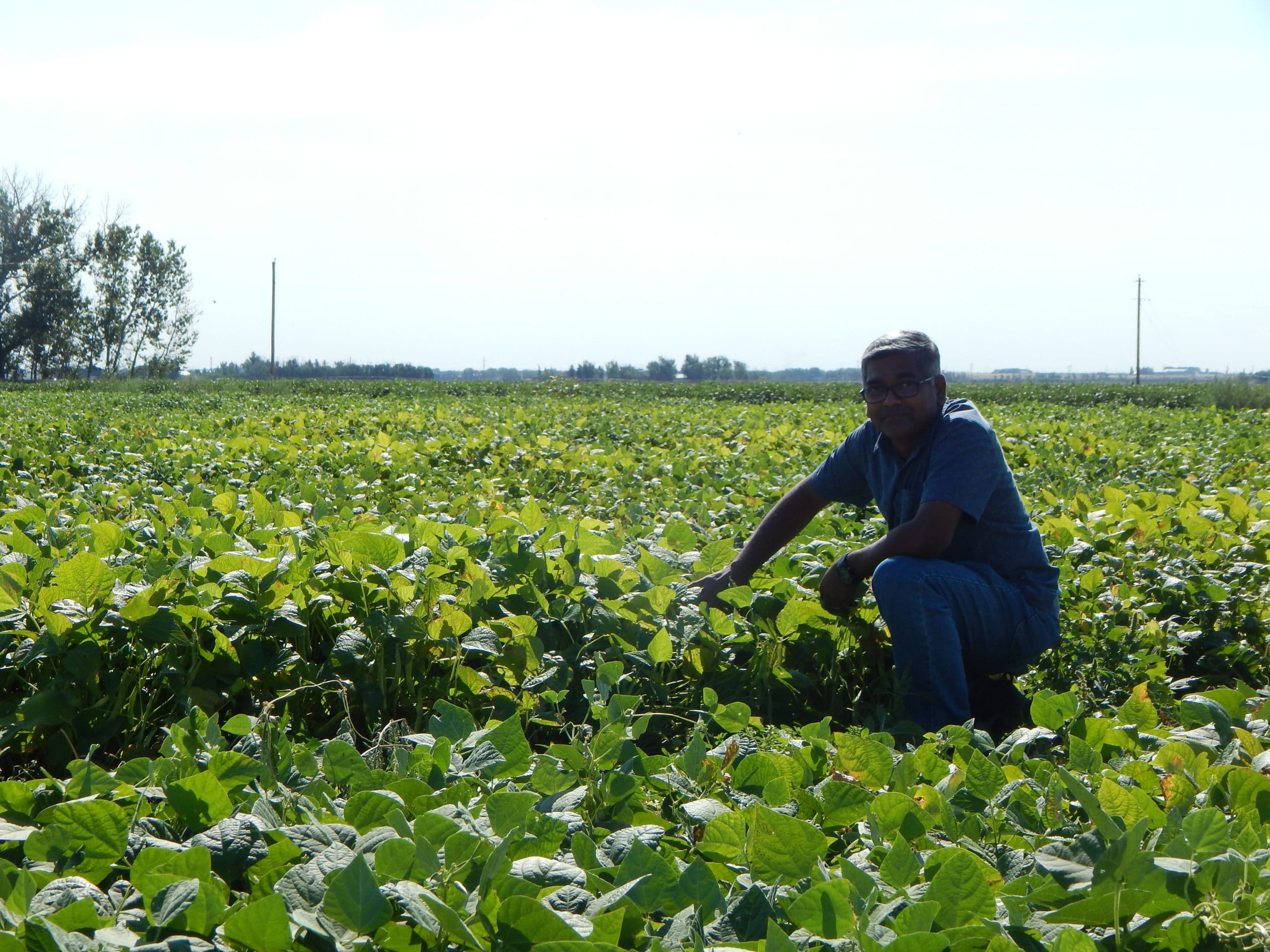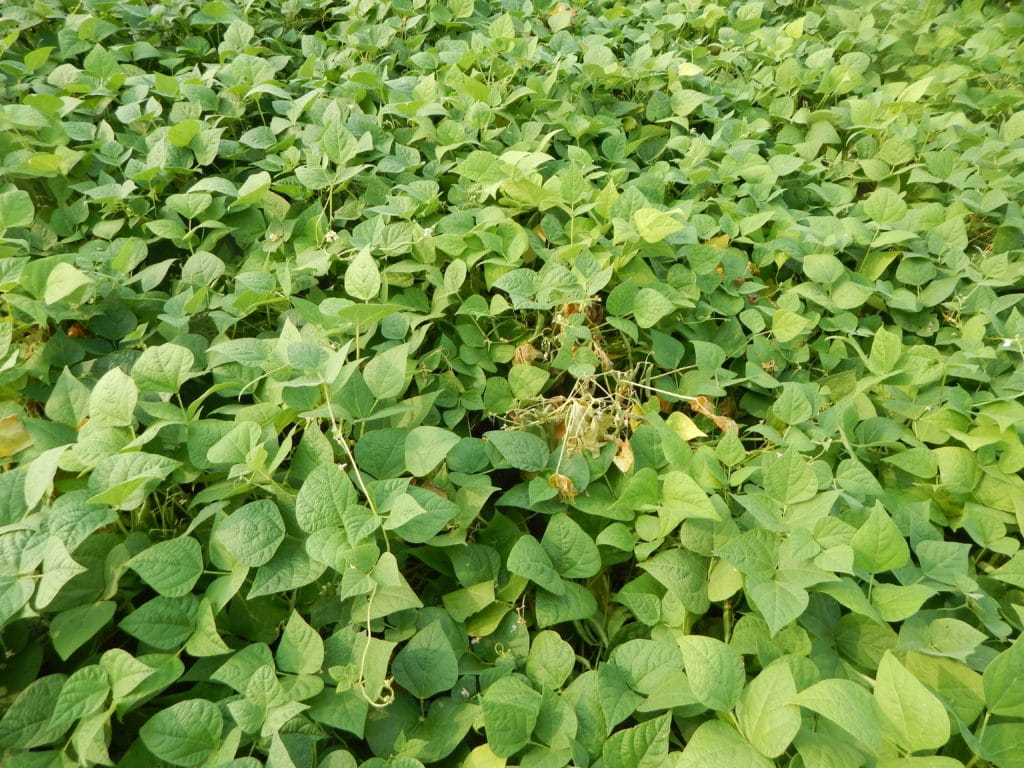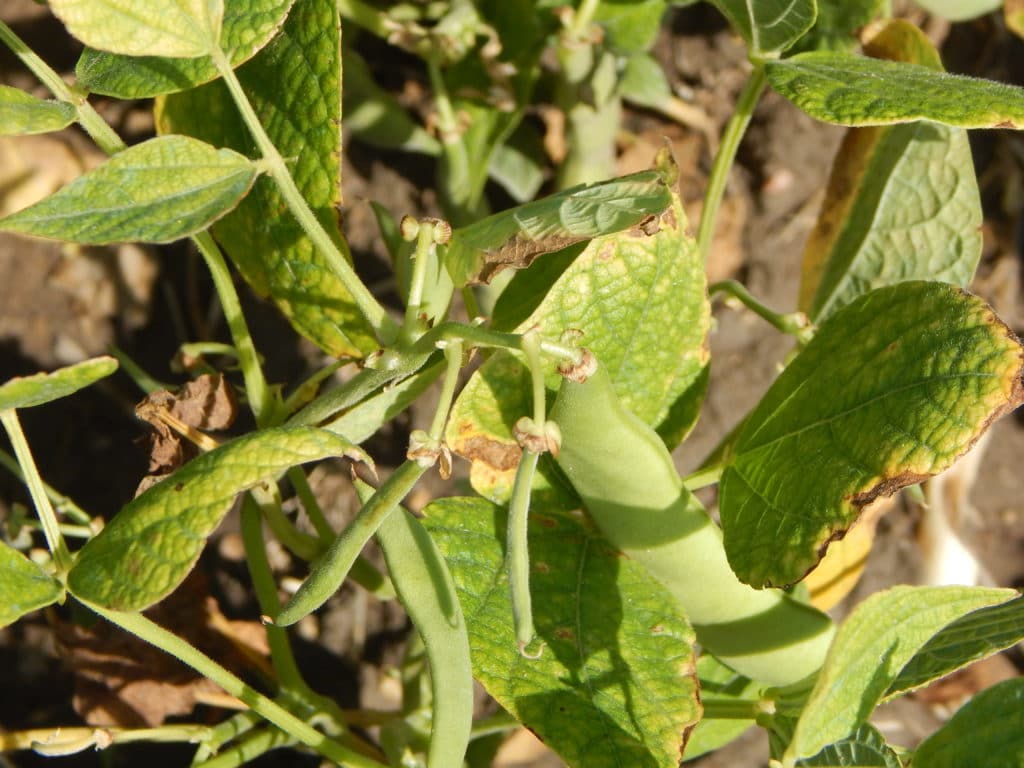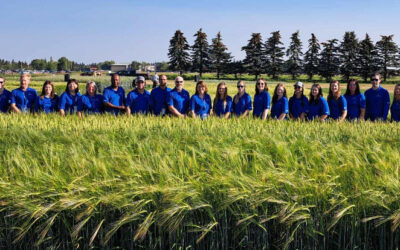Parthiba Balasubramanian is working to breed dry bean varieties specifically for Albertans.
Parthiba Balasubramanian didn’t plan on becoming a dry bean breeder. Even though he had grown up in India where pulse crops are a regular part of peoples’ diets, his interest was originally plant biology after being accepted into the agriculture college he found himself
“I was accepted into the college of agriculture in university in India. So that is what led me into plant breeding, rather than more as a plant biologist. I could have gone either way,” Balasubramanian explains during a Zoom interview.
Through a twist of fate Balasubramanian found himself continuing his studies in Canada which led him to discover his dry bean breeding passion. After a pitstop in Manitoba, Balasubramanian has spent most of the past decade and a half running the dry bean breeding program at Agriculture and Agri-Food Canada (AAFC) Lethbridge.
“What Parthiba has been able to do is listen to the market in terms of what’s needed, in terms of market classes and qualities within market classes, in terms of the seed quality. And to be able to select and bring to market varieties within each market class that are superior to anything we’ve been growing previously,” Blair Roth, director of special crops with Viterra, explains in a phone interview.
Under Balasubramanian’s leadership of the dry bean breeding program at AAFC Lethbridge, Alberta farmers have started planting more dry bean varieties which are bred specifically for the province’s climate and growing conditions.
Journey to Alberta Bean Breeding
Balasubramanian grew up in India, and then moved to Canada after applying to the University of Saskatchewan (U of S) to study for his masters degree. The eager plant breeding student wrote to his advisor, Al Slinkard, that he wanted to study corn or pulses.
Slinkard told Balasubramanian that dry bean was a relatively new crop to Saskatchewan, and they were looking for more students to study it and help develop varieties for the Prairie province. It had been grown in other parts of Canada, such as Ontario.
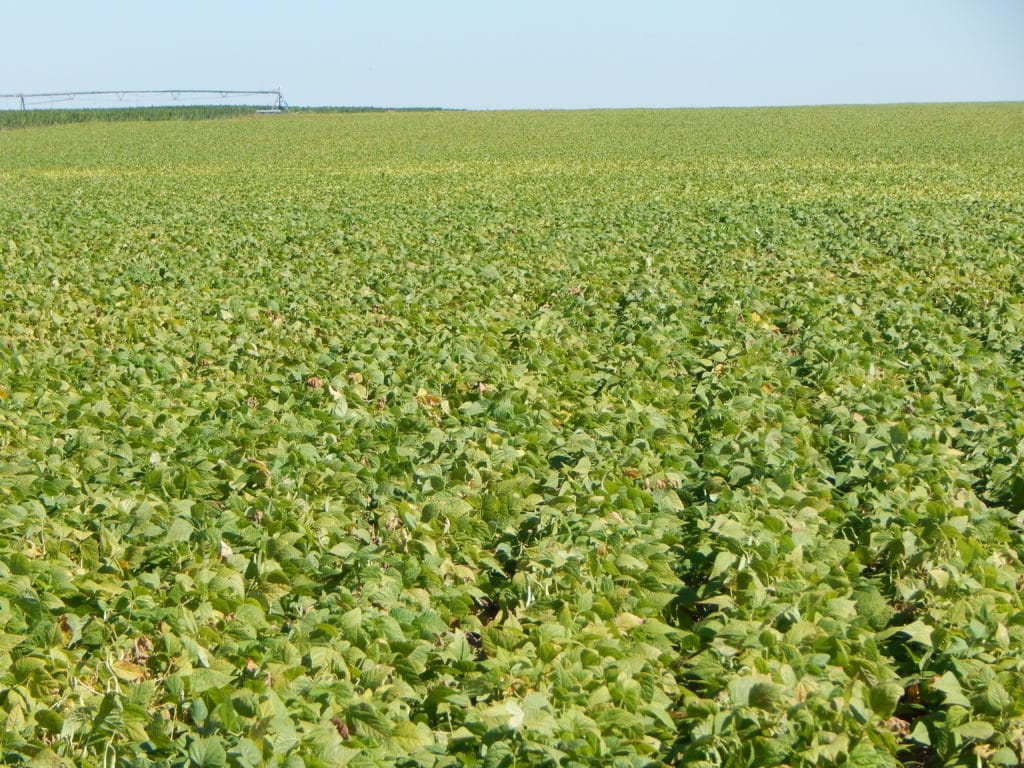
A field of yellow beans in southern Alberta during the 2018 growing season. Photo: Parthiba Balasubramanian
Slinkard “said it’s a relatively new crop and we’re trying to establish dry bean in Saskatchewan. He said would like me to work on dry bean and I immediately said yes,” Balasubramanian explains.
Balasubramanian spent the better part of the next decade completing his masters and PhD degrees at the U of S studying dry beans. For his masters he worked under Slinkard and Bert Vandenberg to study canning qualities of dry bean varieties., and then for his PhD he researched low temperature stress on dry beans.
After completing his studies, Balasubramanian headed east to work. He was hired as a dry bean breeder at AAFC in Morden, Man. He spent four years there breeding dry bean varieties for the Red River Valley before he had the opportunity to move to Alberta to run the Lethbridge breeding program in 2007.
There were “two previous breeders to Parthiba at the Lethbridge program, and so they’ve built the foundation that Parthiba has been able to grow the program on,” Roth explains.
Alberta Born and Bred Beans
The AAFC Lethbridge dry bean breeding program is funded by AAFC, the Alberta Pulse Growers, Alberta Innovates and Viterra. It focuses on breeding dry bean varieties for southern Alberta’s irrigated acres.
“The majority of acres planted in Alberta are from certified seed produced in the United States, that’s to keep the seed borne diseases as low as possible. So, from a disease profile standpoint, in Alberta, we are primarily concerned with common bacterial blight and white mould,” Balasubramanian explains.
Prior to the Lethbridge breeding program, most dry bean varieties grown in Alberta were bred for other parts of Canada such as Manitoba or Ontario. Since Balasubramanian has taken over the Lethbridge program, Roth says Alberta bred bean varieties have gone from being around 10 to 15 per cent of planted acreage to 100 per cent in the province.
“Dry beans in particular are very regionally adapted. When you try to move varieties between geographies they don’t usually perform very well,” Roth explains.
Balasubramanian has focused on breeding dry bean varieties which are resistant to common bacterial blight and white mold. Dry beans in Alberta are grown on irrigation and therefore are more susceptible to white mould. He also has focused on trying to develop high yielding early maturing cultivars for the short Alberta growing season.
He works with Syama Chatterton, a pulse crop pathologist at AAFC Lethbridge, to select varieties with resistance to common bacterial blight and white mould.
There are currently three Great Northern beans from the Lethbridge program which are commercially grown in Alberta — Resolute, AAC Whitehorse, AAC Whitestar. For pinto beans from the program there is Island. Most of these varieties were codeveloped with Balasubramanian’s predecessor Henning Muendel.
Balasubramanian has released three cultivars developed by himself though — AAC Expedition, AAC Y012 and AAC Y073. AAC Expedition is a high-yielding pinto dry bean cultivar with a semi-upright, indeterminate bush growth habit, large seed size, low percentage of hard seed, and bright seed coat colour. AAC Y012 and AAC Y073 are high-yielding yellow dry bean cultivars with an upright, indeterminate bush growth habit, large seed size and bright seed coat colour. All have high yield potential and an ability to retain their seed coat colour longer than previous varieties.
Seed coat colour retention is important in dry bean breeding as 98 per cent of dry beans are used for human consumption, Balasubramanian explains. In order to market dry beans, there must be certain size and colour requirements kept in mind. Balasubramanian says this is where having input from a grain buyer like Viterra is important, as it helps the program make sure its dry bean cultivars meet export market standards.
While there have been a number of dry bean varieties released for Alberta growers, Balasubramanian feels he still hasn’t completely hit the nail on the head just yet with them. His ideal dry bean would be high yielding at 3,000 pounds per acre or higher, 100 days to maturity or lower, partial resistance to common bacterial blight, and partial field/physiological resistance to white mold.
“The size, shape, colour, colour retention, colour patterns, I’m absolutely pleased with all that. But when it comes to the agronomic traits and the disease resistance traits, it is always an ongoing battle to have all of these combined in a cultivar. So, we are going to continue working on that,” he explains.
Header Photo — Dry bean breeder Parthiba Balasubramanian at Agriculture and Agri-Food Canada Lethbridge. Photo: Parthiba Balasubramanian
Related Articles
The Future of Pulse Processing in Alberta is Questionable
As the Plant-Based Food Market Surges, the Lupin Bean is a Rising Star
Hemp, Fababeans and Ethoiopian Mustard are Making Their Mark on Alberta


